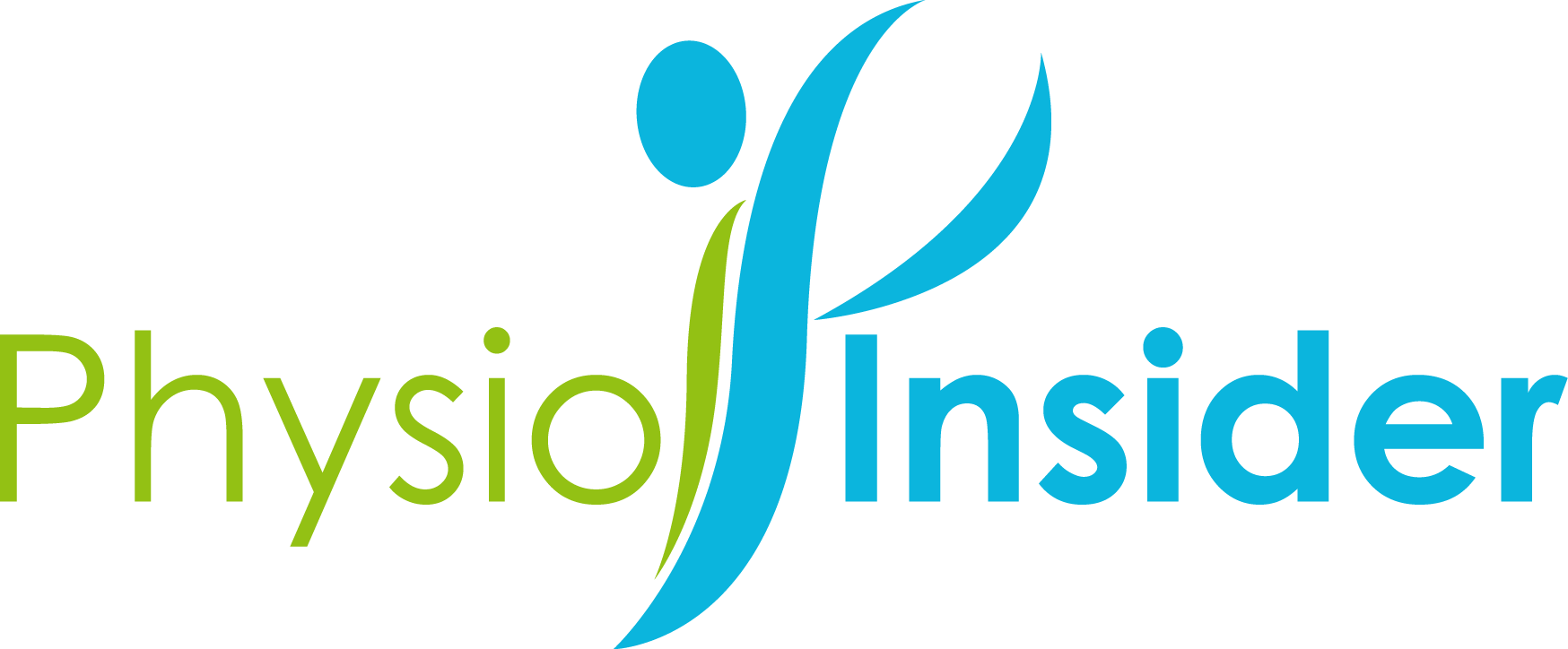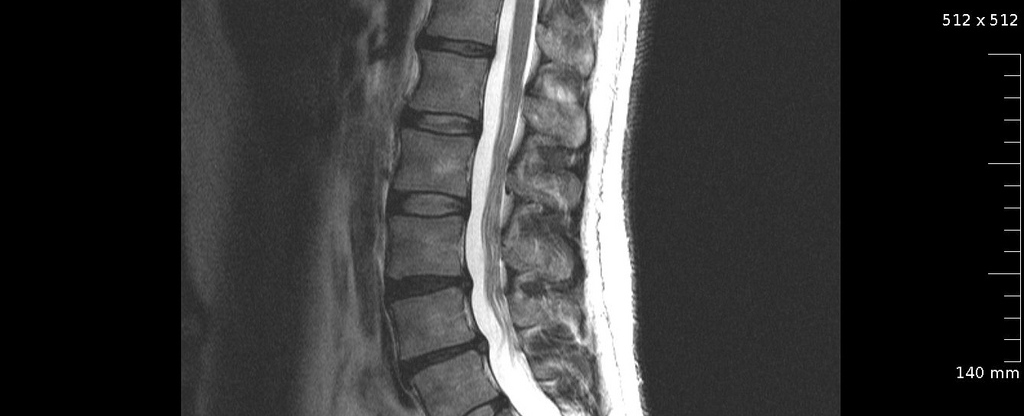Medical Diagnosis
A diagnosis alone does not get patients better, unless a patient is a definite candidate for surgery or requires another form of intervention. It is not difficult to tell a client that he has such and such condition. Finding labels for illnesses is easy, but most would agree that getting rid of pain and restoring physical capacities are the only aspects that are crucial in one’s well being.
Physical Examination
Physiotherapists have an in-depth knowledge of anatomy and are aware of how muscle groups interact with the skeletal system to initiate or complete a movement. Having studied how normal tissues or bony structures move, we have a better idea of how to restore normal range of motion, strength, and movement patterns.Most people report being pain-free or most comfortable at rest; it is the dynamic components that are usually of particular interest. As experts in movements, physiotherapists can pick up soft tissue or articulations that are restricted & poor movement patterns through a physical examination.
Another reason why physiotherapy is not equivalent to imaging is the fact that these machines (x-rays, MRI’s, etc) are often done in a static position whereas physical examinations stress articulations in all directions and possibly in a repeated manner as well. Some symptoms of back problems may only be reproduced when stressed repeatedly!!An example would be a herniated disc at the spine in which a patient may not feel much different if he or she bends forward once or twice…but may start feeling shooting pain down the leg only when asked to bend forward multiple times. Physical assessment and constant re-assessment is what it takes to provide an accurate picture of what is going on!
Imaging (x-rays, CT scans, MRI’s, etc):
Medical diagnosis based solely on medical imaging
It is unfortunate but x-rays or even MRI’s are sometimes not the most accurate tests to provide a diagnosis when it comes to orthopedic conditions. We often see patients who start to panic even more once they see the results on their scans when there is not much to worry about from a healthcare provider’s point of view. Medical terms commonly found on MRI’s like “degenerative changes”, “arthritis”, or even “disc bulges” are in fact commonly seen in the adult to aging population. However, they do not always correlate with the symptoms that are manifested.
Imaging has a tendency to pick up many “diagnoses” that may not be relevant to a person’s actual state of being and not all orthopedic conditions would show up on the imaging. A typical example I give my patients is that if I would to randomly pick people off the street and have a MRI done on them, approximately one out of five people would have a “disc bulge” shown on their MRI’s. However, there is no way that 20% of the population have symptomatic herniated discs!! Even with disc herniation, some people may be symptomatic while most would NOT be symptomatic.
An insightful document published by Dr. Bahram Jam called “Concerned About Your X-ray or MRI Findings? Prevent yourself from becoming a VOMIT (Victim Of Medical Imaging Technology” summarizes findings that you might find on MRI’s of non-symptomatic individuals. The results are astonishing and have changed the way we look at medical imaging! In my opinion, it is best to undergo a thorough physical examination to get a baseline of what you are capable of doing physically and give your body a chance at telling us what is truly going on!!
link: http://www.aptei.com/shop/images/VOMIT%20Poster%202014%20SAMPLE.jpg
Dr. Bahram Jam is a well-rounded physiotherapist and has many years of clinical experience. He regularly publishes documents on the latest findings relevant to the practice of physiotherapy and continues to influence the way we approach orthopedic cases. I would strongly urge you all to visit his website for more inspiring and highly informative articles!
Summary Of A Few Articles On Imaging Of The Lumbar Spine Along With Thoughts On Medical Imaging:
Above is a short summary of the articles presented below, it provide a brief overview of what the literature says about medical imaging along with my views on this particular topic.
Article #1: Abnormal Magnetic-Resonance Scans Of The Lumbar Spine In Asymptomatic Subjects: A Prospective Investigation.
TAKE HOME MESSAGE: Almost 30% of the non symptomatic population presented with major abnormal MRI findings, such as herniated discs or lumbar stenosis, upon evaluation. This puts patients at risk of operating a structure that may not be at fault if diagnosis solely base on MRI; clinical assessment is still crucial for a thorough and complete assessment.
Article #2: MRI Imaging Of The Lumbar Spine: Prevalence Of Intervertebral Disk Extrusion And Sequestration, Nerve Root Compression, End Plate Abnormalities, And Osteoarthritis Of The Facet Joints In Asymptomatic Volunteers.
TAKE HOME MESSAGE: Rare findings on MRI have a better chance of being the culprit for LBP in symptomatic individual, whereas disc herniation being more prevalent on MRI’s may not always responsible for back pain. Your life is not over just because of it shows disc bulge or protrusion on your MRI scan!
Article #3: Disc Degeneration Of Cervical Spine On Mri In Patients With Lumbar Disc Herniation: Comparison Study With Asymptomatic Volunteers.
TAKE HOME MESSAGE: Study strongly suggests that patients with lumbar disc herniation are likely to show degenerative changes at other spinal segments. There may therefore be a genetic factor that contributes to disc degeneration at the cervical and lumbar segments at the same time.
Article #4: Effects Of Diagnostic Information, Per Se, On Patient Outcomes In Acute Radiculopathy And Low Back Pain.
TAKE HOME MESSAGE: This study implies that patients with knowledge of their MRI results actually perceived their own health as being poor and had less sense of well-being. This study questions whether MRI results can really help reassure patients who are anxious about their conditions.


